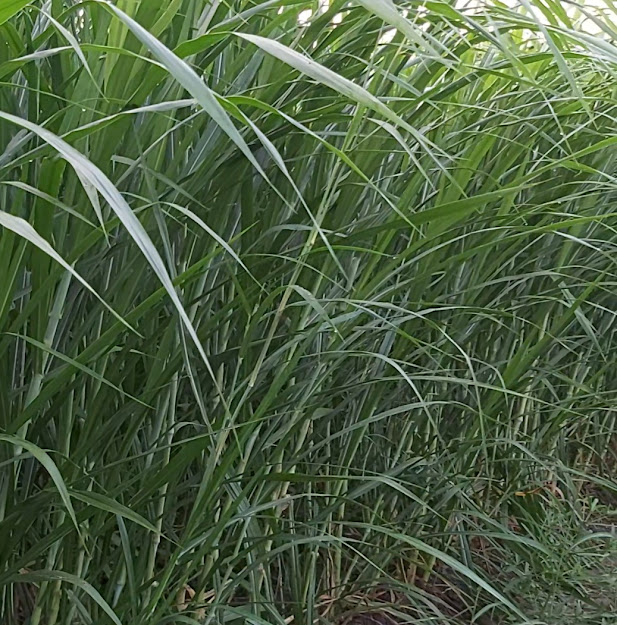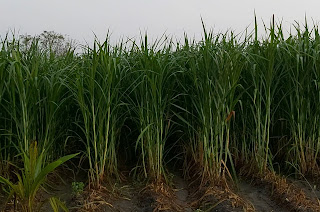Fenugreek - Vegetable gardening at home

How to plant Fenugreek: Sow seeds ¼ inches deep in a good potting mix or soil in the desired spot or container Leave 2 inches of space for each plant while sowing seeds. They’ll sprout quickly, and you’ll see seedlings just within 2-5 days Do regular watering to keep the soil slightly moist. Maintain constant moisture level in the soil Care not to over-water the fenugreek plant and avoid waterlogged soil.








